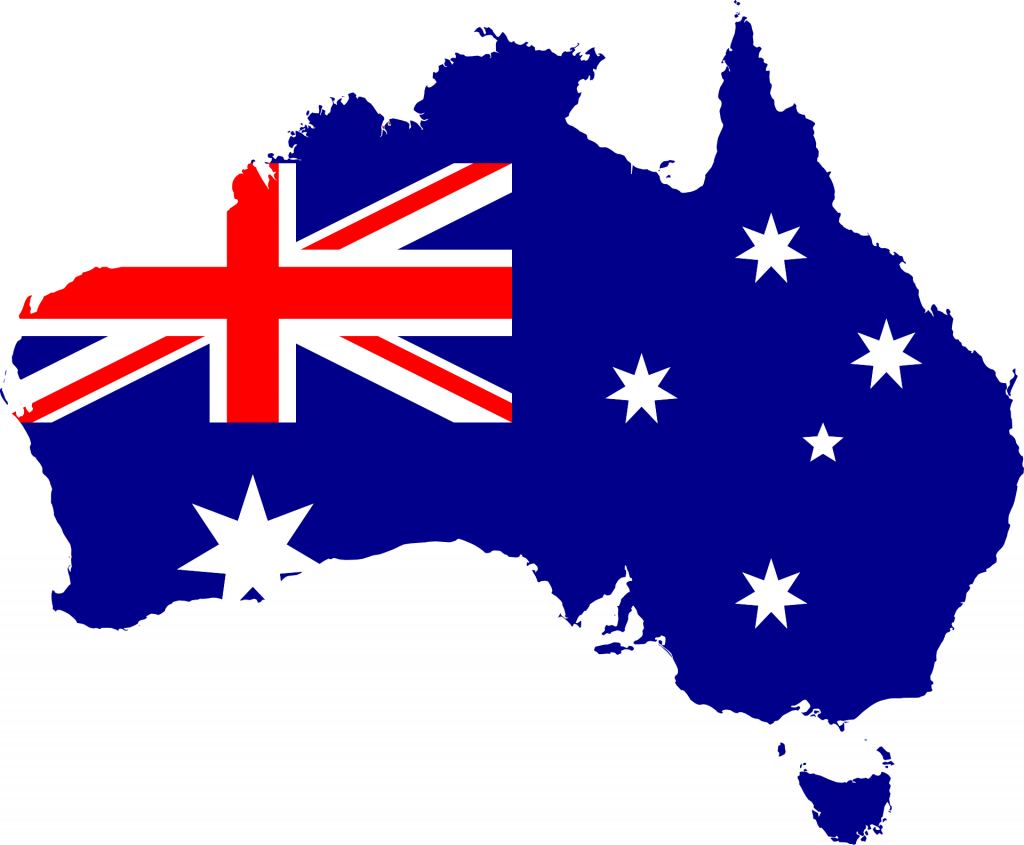We buy the ASX on a regular basis. Often topping up on currency — the AUD — to do so. So you would think it would be fertile hunting ground right now. Bargain territory.
It is to some degree. But market buoyancy still seems to defy the threats.
Last week, we closed one of our Lifetime Wealth Portfolio positions at about a 40% return since March. It was in the Australasian property sector. And although the primary reason for closing was to make room for new positions, I have some concerns around the property market.
The property market tends to lag the stock market by several months. The early pain in stocks could come to property.
Is Australia losing the virus war?
COVID-19 has caused widespread investor fear. At one point, panic. Creating opportunity to buy equities at value for those willing to handle the risks.
The most immediate fear is businesses having to go back into lockdown. Being unable to trade or rebuild earnings. Right now, this outweighs trade concerns, China relations, currency distress, or other worries.
Because the market is amoral. It does not care whether people live, die, or distrust China. It cares only about its listed businesses being able to grow their earnings.
The state of Victoria is now battling a second wave of coronavirus, with more than 3,100 active cases as of July 21.
Peta Credlin from Sky News:
‘Victorians honestly do not think the state can get the coronavirus genie back in the bottle.’
On July 8, Melbourne went into another six-week ‘Level 3’ lockdown. People must stay at home. Restaurants and cafés can open only for takeaway. While other retail shops may open, there must be strict social distancing. Churches may only ‘meet’ online.
Australia could go down the American path. Where it becomes impossible to stop the virus. Instead they must learn to live with it.
Debt danger
Meanwhile, Australia’s gross government debt looks about to hit A$1 trillion. This could risk exceeding the 50-60% maximum buffer level in line with IMF and OECD guidelines.
Then there’s household debt. Among the highest in the developed world, at over 120% of GDP. Or around 187% of disposable income.
Ironically, one of the causes of this debt has also been one of the drivers of short-run economic growth.
High rates of net migration. (Rates have been even higher in New Zealand on a per-capita basis).
Money has flooded into metropolitan property markets from large numbers of cashed-up migrants over a long period of time. Building has failed to keep pace.
By definition, this increases property prices. And inflates debt as people compete to buy homes in fast rising markets. Often at red-hot auctions.
Economic strategy
We’re starting to learn something from COVID.
Outside of tourism, Australasian economies do not need to open borders to large numbers of people to generate economic growth.
Consumption-led growth in cities has limited long-run benefits. And can lead to troublesome asset bubbles. Which, during times of crises, can pose serious threat.
Commodity exports seem to be holding the Australasian economies up.
We’ve seen numbers showing Australian exports doing well in spite of geopolitics and border closure. New Zealand exports also experienced robust growth through the pandemic.
Governments would have done far better to concentrate on building up the export base over the past 20 years. Focusing only on the skilled migration needed to do so. Rather than flying in short-run consumption growth that has inflated property markets and induced debt hazard.
China relations
Australia is the world’s largest supplier of iron ore. For this reason, China has become its largest customer.
But relations between the two countries have soured over coronavirus handling, Hong Kong, and vicariously through Australia’s alliance with the United States.
It would seem souring with a key trading partner is the last thing Australia needs right now.
But the markets again are less fearful.
Next to Brazil, there are few other places to get iron ore in large quantities. And Brazil is one of the most pro-American countries in the world.
Made in Australia
The other side of this equation is that Australia, along with other countries, is looking to reshore some manufacturing. To reduce reliance on China. In fact, Australia recently set up a manufacturing task force to focus on this.
For example, one area is lithium. At the moment, the raw material gets exported to China. It’s manufactured into batteries.
A new $135 million lithium-battery research centre announced last year is designed to change that process. And develop an Australian lithium-manufacturing sector.
While reshoring may increase costs in some areas, it is not hostile to a market rebound. Likely quite the opposite. New valued-added opportunities can feed capital markets.
ASX upside
So, you see, even though media stories look dire, the share market makes up its own mind. And it does so by not fretting over the immediate situation. But considering earnings six to 12 months out.
Certain research suggests there could even be a coronavirus vaccine by then.
Beyond that, Australia Inc. — as a global commodity supplier with the possibility of a manufacturing renaissance — looks just fine. Especially as a global recovery push into infrastructure could require even more of its materials and expertise.
There may be greater risks around the property market. It had become too reliant on debt and offshore money. Now drying up.
If anything, this crisis has reminded Australia to focus on its own backyard.
Which contains plenty.
Regards,
Simon Angelo
Editor, Wealth Morning
